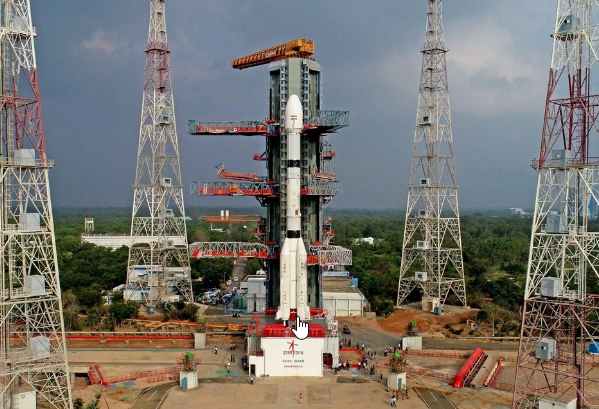ISRO’s New Spaceport: What is Dogleg Maneuver?
The Indian Space Research Organisation (ISRO) is developing a new spaceport at Kulasekharapatnam in Tamil Nadu to efficiently launch payloads to polar orbits. This strategic location offers a significant advantage over the launch pads in Sriharikota, as it allows small satellite launch vehicles (SSLV) to fly directly southward without the need for a fuel-consuming dogleg maneuver.
Understanding Dogleg Maneuvers
A dogleg maneuver involves altering the trajectory of a satellite’s launch by a sharp turn or bend to avoid collisions or prevent debris from falling in populated areas. Polar satellites launched using PSLV rockets from Sriharikota often employ this maneuver to avoid flying over Sri Lanka, with rockets making a steep 40° arc to bypass Colombo.
In the year 1990, The STS-36 mission of Space shuttle Atlantis was launched from Kennedy Space Center instead of Vandenberg Air Force Base. Due to this, the Shuttle performed a dogleg maneuver to change the trajectory by 5° in order to reach the desired orbit
Impact on Payload Efficiency
While the fuel required for dogleg maneuvers is insignificant for larger satellites, it poses a challenge for smaller rockets carrying payloads to polar orbits.
The additional fuel consumption for the curved trajectory compromises the rocket’s cost and payload efficiency, particularly for small rockets like the SSLV, which are designed to efficiently launch smaller payloads.
Advantages of Kulasekharapatnam Spaceport
The Kulasekharapatnam Spaceport’s location allows launches to be sent directly south over the Indian Ocean without crossing any landmass for thousands of miles. This eliminates the need for the fuel-consuming dogleg maneuver, thereby improving the payload capability of small satellite launch vehicles.
The second spaceport of Indian Space Research Organisation (ISRO) at Kulasekharapatnam, will be dedicated exclusively for Small Satellite Launch Vehicles (SSLVs) developed by the private sector. This ambitious project, costing Rs 950 crore, marks a pivotal moment in India’s space exploration journey, promising to enhance the nation’s satellite launch capabilities, particularly for small satellites.
Land Acquisition and Development
The Tamil Nadu government is expected to pass an order allowing ISRO officials to enter the property and commence work on the new spaceport. Around 2,300 acres of land across three villages have been earmarked for the space station.
Encouraging Private Participation
ISRO is also establishing the Indian National Space Promotion and Authorisation Centre (IN-SPACe) to encourage greater private participation in the country’s space activities. This initiative aims to foster a more collaborative and inclusive space industry in India.
Month: Current Affairs - March, 2024
Category: Science & Technology Current Affairs


